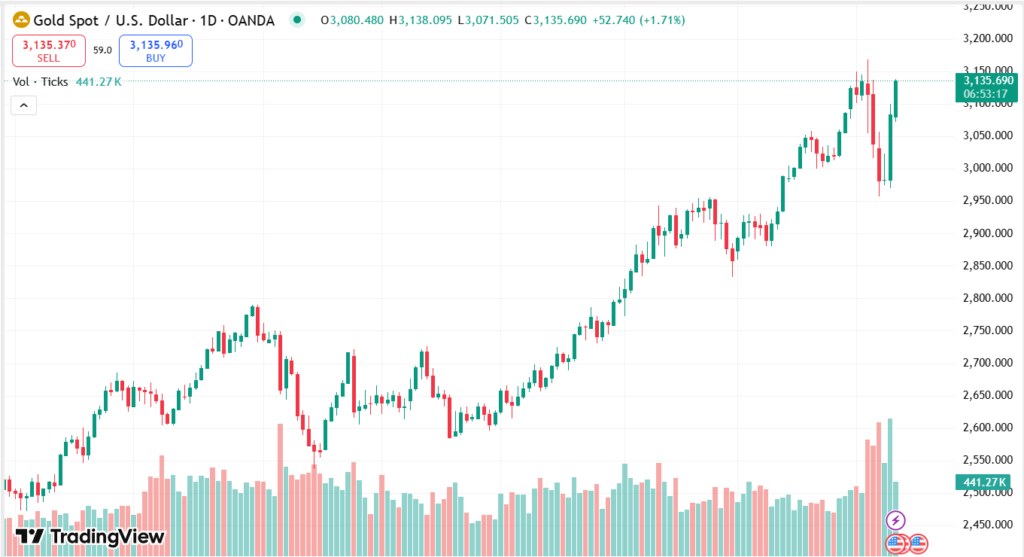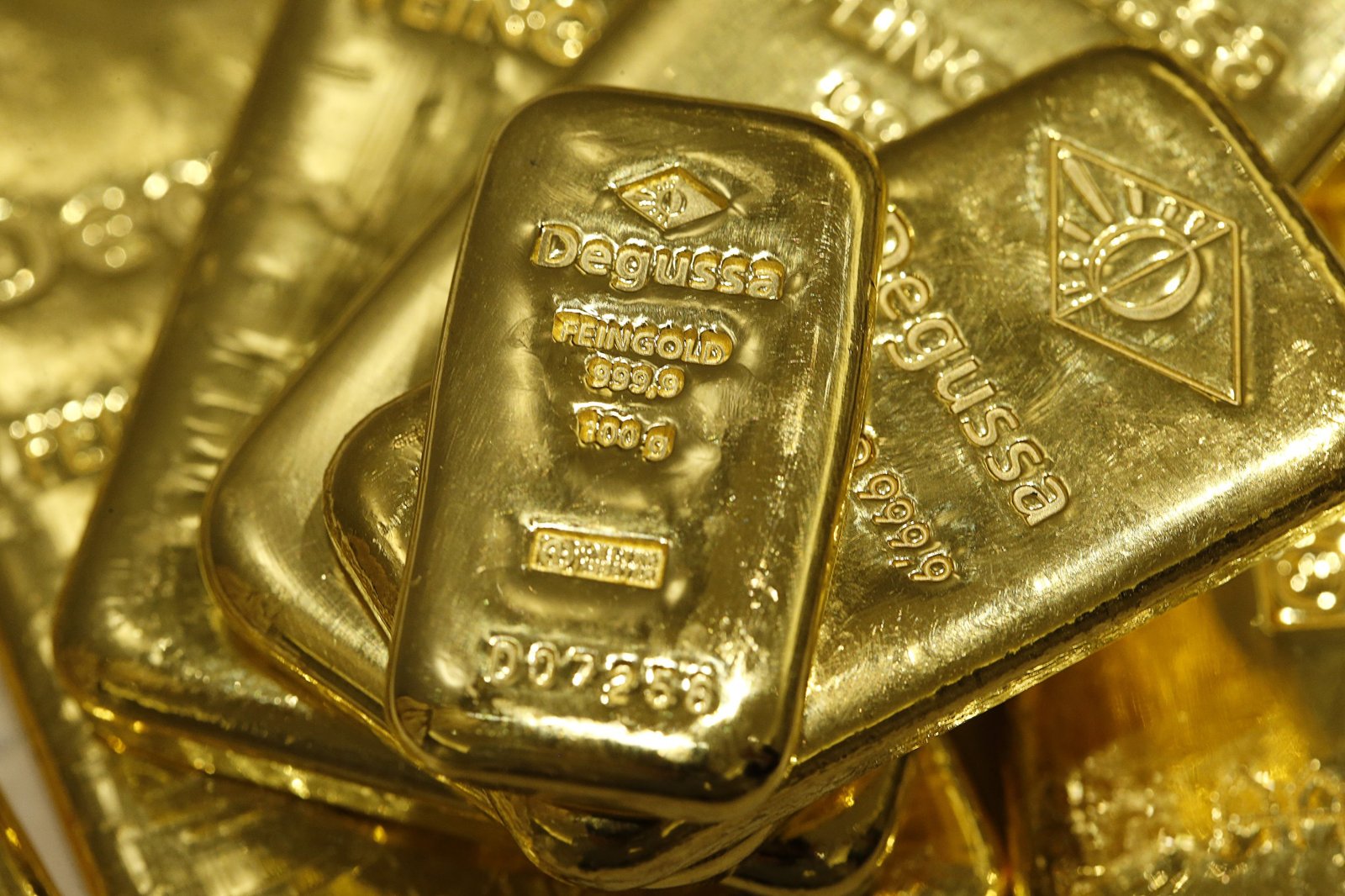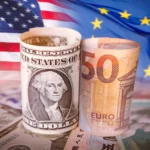Gold prices rose above the $3,100 level on Thursday, reaching $3,125 in the US session, on the back of rising global trade tensions and changing interest rate expectations. The rally comes in the wake of President Trump’s declaration of a 90-day tariff reprieve on 56 nations and the EU, and a steep hike in tariffs on Chinese imports, raising concerns about a deepening trade war. In parallel, the People’s Bank of China continues to debase the Yuan, further roiling global markets. In the face of volatile financial markets and diminished expectations of a near-term Fed rate reduction, investors are increasingly seeking the refuge of gold, driving the metal to within shouting distance of its record highs.
KEY LOOKOUTS
• Gold is testing the R1 resistance level of $3,131, with the record high of $3,167 and the R2 resistance level of $3,180 as key levels to monitor if the rally persists.
• On the negative side, the $3,050 Pivot Point and the solid support zone around $3,000—involving the March 14 high and psychological level—are crucial levels that might draw buyers in case prices correct.
• The sudden escalation of US-China tariffs and Beijing’s retaliatory actions risk extended trade tensions, which might maintain gold demand at a high level as a hedge.
• The CME FedWatch Tool indicates a sharp decline in May rate cut probabilities (to 19.5%), but June still looks probable at 75.3%, which makes future Fed commentary pivotal to gold’s next direction.

Investors in gold need to closely monitor important technical and geopolitical events that may determine the metal’s next direction. The $3,131 resistance is being tested, and the all-time high of $3,167 and R2 level at $3,180 are the key upside targets if the bull momentum persists. At the downside, solid support is around the $3,000 level, bolstered by prior highs and the psychological level. Geopolitical tensions continue to be high as the US-China trade war heats up, with retaliatory tariffs and currency fluctuations introducing uncertainty. Also, changing expectations regarding Federal Reserve rate cuts—now less likely in May but still likely in June—are affecting investor attitudes and may have a decisive role to play in gold’s near-term direction.
Gold is probing significant resistance levels as it moves above $3,125 on the back of intensifying US-China trade tensions and changing Fed rate cut hopes. The region of solid support lies around $3,000, with coming economic data releases and geo-political developments likely to play a decisive role in determining its next course.
• Gold climbed to $3,125, taking out the below-$3,000 barrier with increased market uncertainty.
• President Trump imposed a 90-day tariff holiday on 56 countries and the EU, which generated bullish sentiment.
• Tariffs on China rose to 125%, provoking concerns about an even more serious US-China trade war and enhancing safe-haven buying.
• The Yuan is still weakening, indicating Beijing will use currency depreciation as a bargaining chip.
• May fed rate cut probabilities fell to 19.5%, but June cut expectations are still high at 75.3%.
• Technical resistance is at $3,131 and $3,167, while $3,000 is a solid support level.
• Gold has risen 18% year-to-date, underpinned by central bank purchases and investor demand during financial market uncertainty.
Gold is seeing a dramatic rise in demand as economic uncertainty around the world increases, spurred primarily by intensifying trade tensions between the United States and China. President Trump’s declaration of a 90-day tariff suspension on some countries and the European Union provided fleeting relief to markets, but the sudden tariff increase on Chinese imports has renewed fears of an extended trade war. China’s retaliation and depreciation of the Yuan indicate that the conflict could continue to intensify, driving investors into safer assets such as gold. As a historical hedge against geopolitical and economic uncertainty, gold is gaining from the increasing discomfort among global investors.
XAU/USD DAILY PRICE CHART

CHART SOURCE: TradingView
Apart from trade-related concerns, changing expectations regarding U.S. monetary policy are also driving gold’s increasing attractiveness. While the likelihood of a May interest rate cut has dimmed, a potential reduction in June remains probable, indicating the Federal Reserve could still tilt toward loosening if economic conditions deteriorate. In addition, news on China’s stimulus talks continues to fuel overall market volatility. With this backdrop of financial uncertainty and declining confidence in other asset classes, gold is a consistent store of value, drawing the attention of both institutional investors and long-term buyers alike.
TECHNICAL ANALYSIS
Gold has rallied strongly, unwinding recent declines and moving higher on renewed bullish momentum. The metal is now approaching critical resistance levels, with robust upside momentum indicating ongoing buyer interest. As long as prices stay high, investors are watching closely for a breakout above recent highs to confirm further potential upside. On the other hand, any retracement will find a floor in former consolidation levels, maintaining the general trend in tact as long as gold remains above its key support levels.

FORECAST
With constant geopolitical tensions, especially between the US and China, and underlying issues of global economic stability, gold will continue to be sought after as a safe-haven asset. Assuming the current trend persists, backed by hopes for future stimulus in leading economies and potential Fed rate cuts in the near months, gold may set new all-time highs. Investors’ increasing demand for riskless assets during stock market turbulence and deteriorating global growth prospects could give gold the spark necessary to move above its historic peak.
In a bullish climate, gold has risks on the downside as well. Resolution or attenuation of trade tensions could see investors regain faith in equities and risk assets, diminishing gold’s appeal. Also, if future economic data reveals surprise resilience in the US economy, the Federal Reserve could hold off on rate cuts, which would exert downward pressure on gold prices. Any sudden appreciation of the US dollar or sudden revival in world markets could also trigger profit-taking in gold, causing short-term price corrections.







